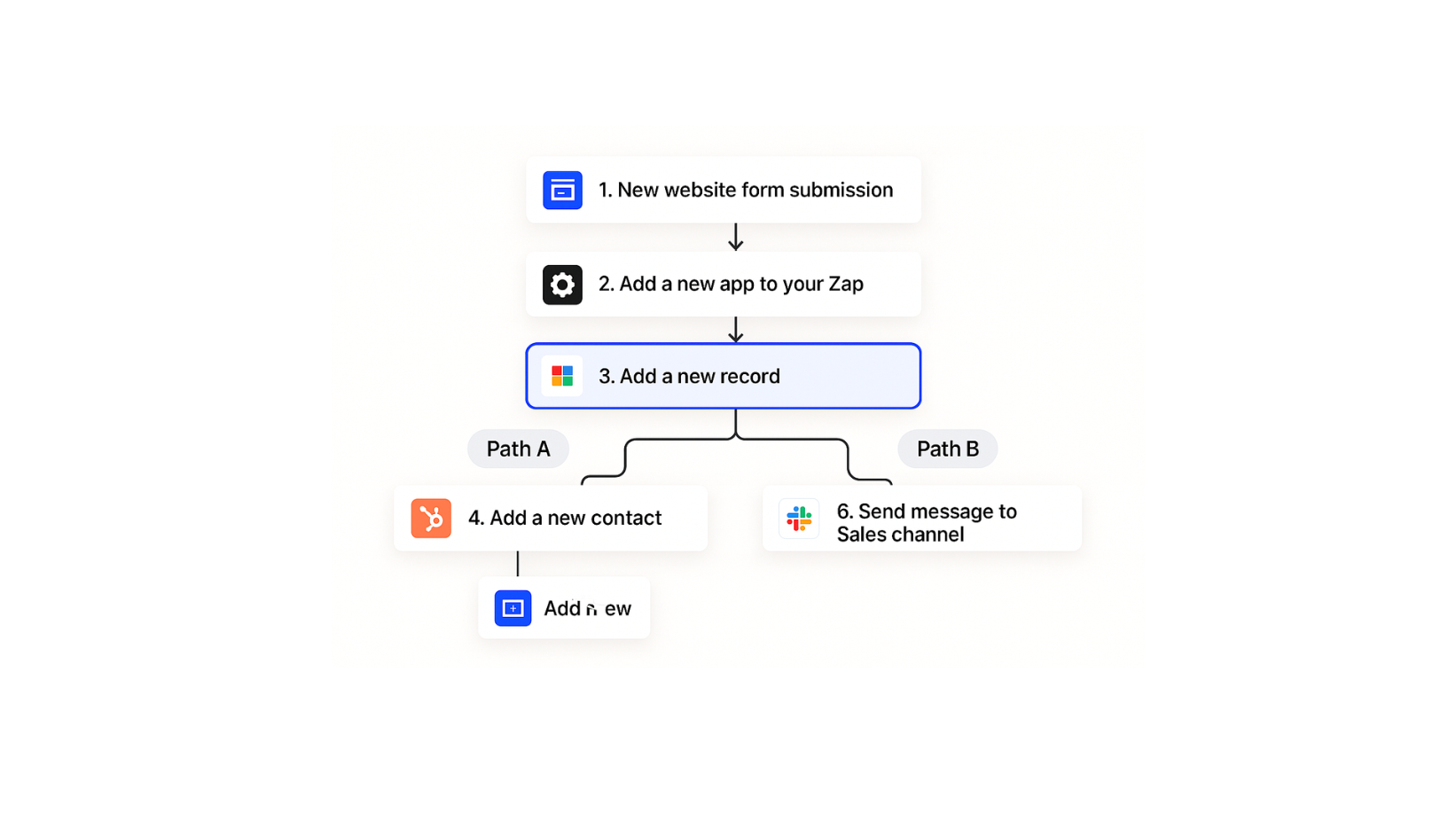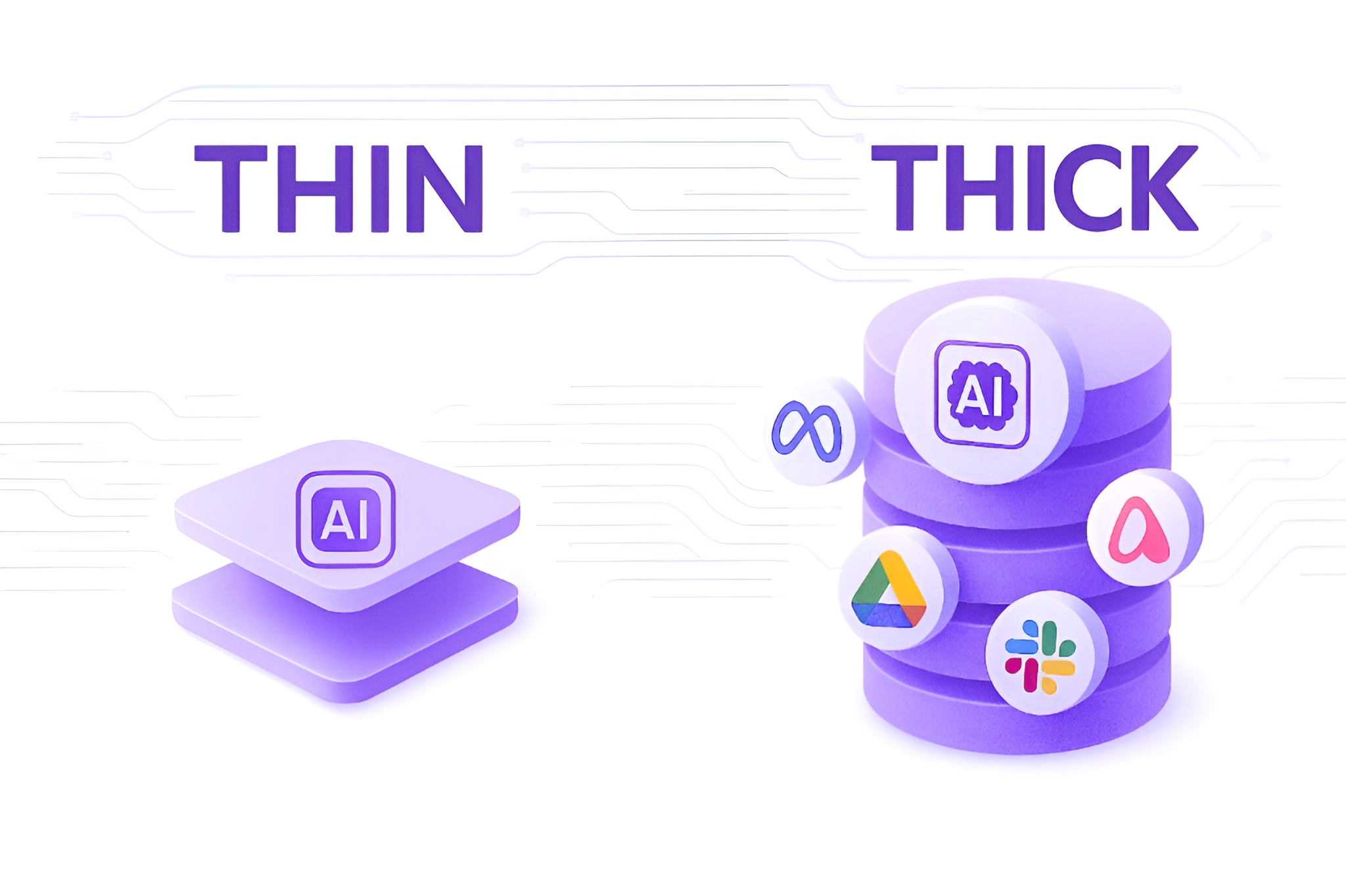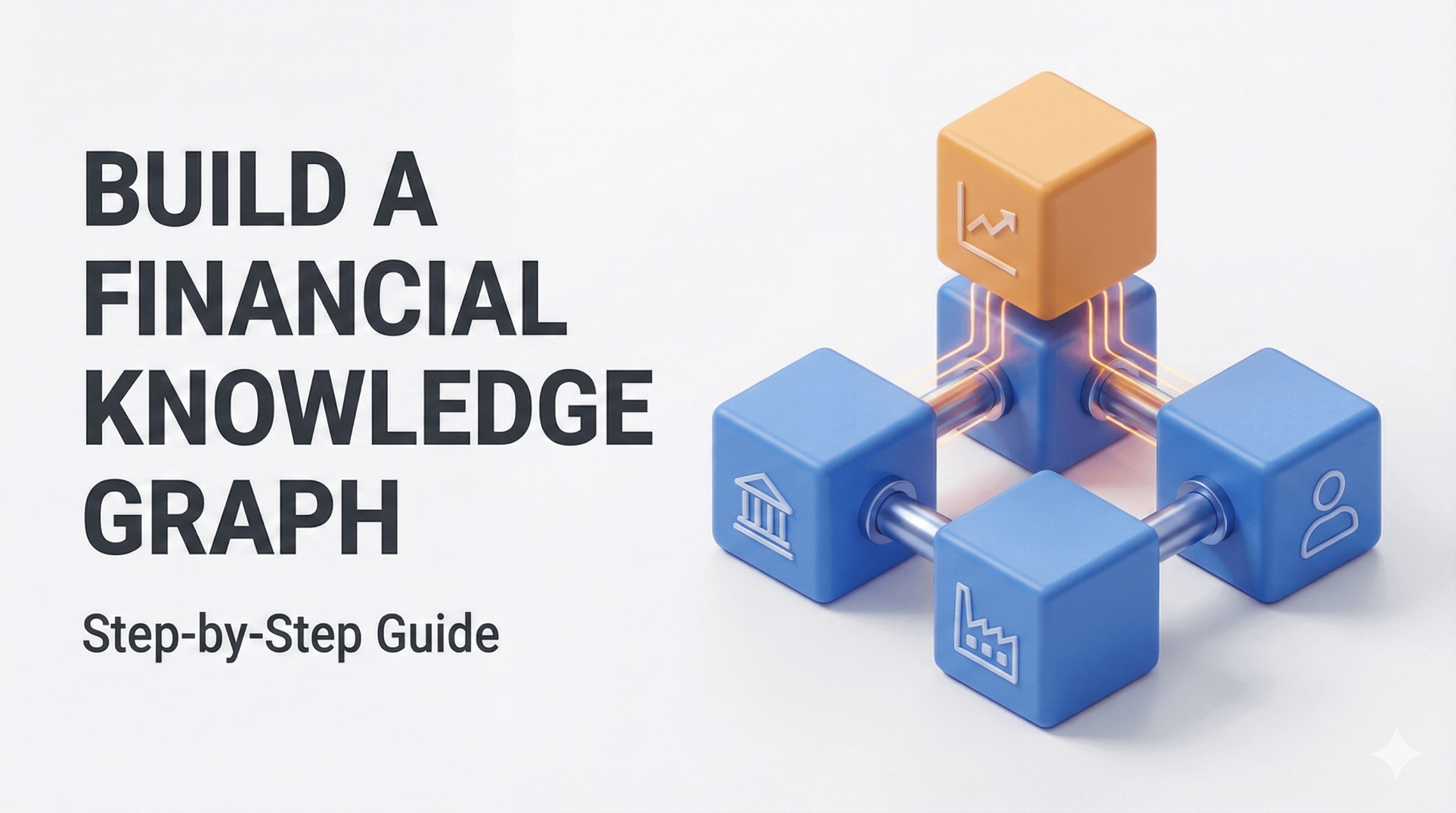
Agentic AI Explained: How AI Agents Are Becoming Your New Digital Teammates
Discover how agentic AI is transforming software into proactive digital teammates, boosting productivity and automating complex tasks.
Explore how moving from thin to thick AI wrappers helps entrepreneurs design innovative solutions that last.

We’re living through the easiest time in history to ship an AI product and the hardest time to keep one alive. The difference often comes down to whether we’ve built a thin wrapper or a thick one. A thin wrapper is the fastest path to demo a product. It usually includes a neat interface, a bit of prompt glue, and an API call to a foundation model. It can absolutely “work” for a user in the moment, which is why so many of these apps appear overnight. But thin wrappers inherit the gravity of the platform they sit on. When OpenAI, Google, Anthropic, or Meta ship a new capability, price a tier lower, or bundle a feature natively, the thin wrapper’s advantage disappears. If the bulk of the product value is “we call the model nicely,” we’re competing against better models, cheaper inference, and native distribution we don’t control.
Thick wrappers take a different stance. They treat the LLM as a component, not the product. The wrapper in this case isn’t just a thin layer, it’s a substantive set of data, workflow logic, integrations, constraints, memory, and reliability that transforms a general model into a purpose-built system. The user experiences a product that understands their context, pulls the right facts, calls other systems, follows rules, and produces outputs that survive contact with the real process. The practical differences between thin and thick wrappers are clear. Thin wrappers pass a prompt and depend solely on one API. Thick wrappers orchestrate a workflow, ground and verify information, format against a source of truth, and remain model-agnostic so they can swap or blend models without rewriting the product.
When it comes to building a proper thick AI solution, thinking like a builder is essential. The first shift is moving from “can the model do it” to “what does success look like in the real process.” Success is usually a chain of interconnected elements, not a single response. It involves understanding intent, fetching facts, reasoning, applying policy, deciding, acting, and documenting. Each link suggests a technical move that thickens the product. That might mean retrieval over the data to ground answers, tool use to fetch live state, light rules, or a verifier to keep outputs inside guardrails, a memory layer to remember objects, people, and preferences, and connectors that push actions back into the systems where work actually finishes.
The second shift is to own the improvements of your product. Thin wrappers improve when the platform they depend on improves, while thick wrappers improve because the product learns. That learning happens through data loops, the product controls such as user edits, thumbs, approvals, fallbacks, escalations, and outcomes. The key is to capture these signals and use them to continuously refine the product.
A third shift is both economic and architectural. Build for substitution from the start. Begin with the available models for speed, but isolate the workflow of the product behind an internal interface so switching AI vendors can happen easily. Mix in open-source models for certain steps, or run smaller specialized models where it makes sense. This reduces platform risk and gives the product owners control over latency, cost, and privacy as the product scales and customers evolve.
Thinking in terms of workflows where a single LLM call is clearly insufficient is also essential. For example, a product that analyzes long-form videos for a specific purpose, such as legal or security, is a thick wrapper. Such a product can analyze hours of videos that must be skimmed, segmented, summarized, cross-referenced, and tagged against policies or case facts. A thin wrapper can summarize a clip, but a thick wrapper ingests whole archives, links them to matters or incidents, detects moments of interest, drafts reports, and pushes findings into the system of record.
Some founders assume training their own LLM is what makes a product thick. Sometimes, for a big established enterprise with private data and strict constraints, that’s the right approach. For most startups, it is the wrong battle at the wrong time. The sustainable path is to start with hosted models to validate with customers while building the data loops, custom workflows, integrations, and UX that make the product irreplaceable. When scale and requirements justify it, selectively, the models can be brought in-house for privacy, cost, or latency without changing what makes the product valuable.
This way of building also reframes innovation. Customers feel the product getting smarter not just because the model evolves, but because the entire system reduces friction, remembers, and adapts to their needs.

Discover how agentic AI is transforming software into proactive digital teammates, boosting productivity and automating complex tasks.

A step-by-step guide explaining how to build a financial knowledge graph, its structure, and how it enables smarter analysis across modern financial systems.
Working with We Better AI means teaming up with a group
that values open communication, measurable outcomes
and a supportive collaboration style. We take pride in
putting our expertise and experience into action for
companies aiming to stay on top in their industry, and our
history of success speaks for itself.
Discover how tailored AI can transform your business
and deliver a real return on investment. Book our free
consultation now, and feel free to submit a question
or comment.
